Sea Arrowgrass – Identification, Distribution, Edibility
Triglochin maritima AKA Coriander grass
- Edibility – 3/5 – Principally eat the pale base of the leaf stalks, the flowers (which look like seeds to most non-botanists!) and the seeds while they still green and tender. Young flower stems are a delicacy, eaten whole like baby asparagus if you catch them young when they flowers are still densely arranged – i’d score them 5/5.
- Health Warning: Sea arrowgrass in general, and the green parts of the leaves in particular, can contain toxic cyanogenic glycosides (taxiphyllin and triglochinin). These compounds develop when the plant is stressed by (eg) drought, or intensive grazing. I can find no clear data on likely troublesome dose of sea arrowgrass for a healthy human, but given its abundance on salt marshes (where it can comprise as much as 25% of the vegetation) that are grazed by sheep and cows, it seems unlikely that it troubles ruminants too much, even in relatively high and regular dosage. Some sources suggest fresh plant material a fatal intake would be <0.5% of a ruminant’’s body weight, though this research appears to focus on the non-coastal variant, T. palustris. See more here. On that basis, a 70 kilo person might be in trouble if they ate 350 g of sea arrowgrass, if we digested it like cows! Given that its hard to imagine anyone eating more than a few grams in any one meal, and as the toxic compounds are not cumulative, any health risk seems negligible. I’d place it on a par with, say, nutmeg, which can be troublesome (or even trippy!) in large dosage (eg. eating a whole nutmeg or more). That is to say, you’d need to be actively trying to overdose to have any problem. Read more on this in my posts on The Spectrum of Edibility, and Wild Spices. Decide for yourself what you are comfortable with. For me, I happily eat the pale stem bases and green tender seeds of sea arrowgrass in small, but quite regular, quantities with no ill effects. I avoid all green parts if they are dried out – which is unlikely considering the UK climate and where it grows!
- Identification – 3/5 – Only likely to be confused with sea plantain (also edible) with which it rubs shoulders in salt marshes. Inland you may also encounter Marsh Arrowgrass (triglochin palustre), which can be used in similar ways. I am yet to find marsh arrowgrass in the UK.
- Distribution – 4/5 – Common on salt marsh and grassy foreshores
- Season – March – November
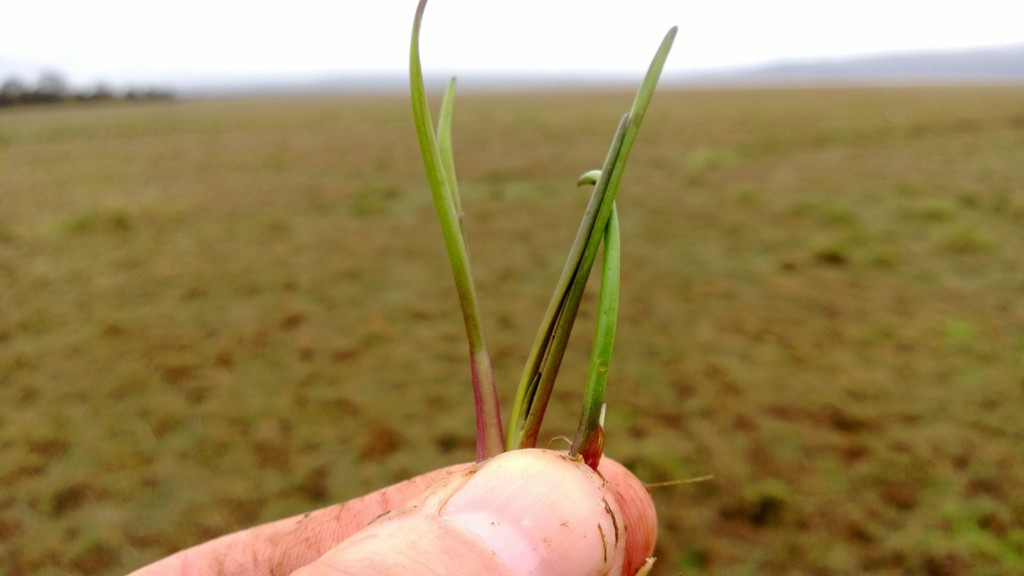
Young sea arrow grass shoots, April. Search for them emerging from the edges of brackish pools in April
One of the great pleasures of foraging is discovering exciting flavours in the common and innocuous-looking plants around us. Sea arrowgrass never fails to raise squeals of surprise and delight when we encounter it on my guided coastal walks. It tastes quite distinctively of coriander, which is most welcome up here in Scotland where actual wild coriander (coriandrum sativum) is restricted to just the occasional garden escapee.
I find it around all of Galloway’s tidal estuaries where it is abundant on salt marshes alongside other great succulent coastal plants like sea aster, annual sea blite, marsh samphire and sea plantain.These are the plants that help make salt marsh lamb so delicious.
I have yet to find sea arrowgrass listed in any books on foraging, and nobody appeared to be using it as food when I discovered it in the early 2000’s. I stumbled on it while foraging with a chef on the shores of Loch Etive in the highlands of Scotland. I thought I was showing him sea plantain and he said “Wow! Tastes like coriander!” There then followed an exciting half hour as we learned to distinguish the two by their subtly different flower stalks and flavour! (I don’t recommend identification by taste to foraging novices!) My subsequent research ascertain its safety (with the provisos I provide above), and it has been a firm favourite (in moderation) ever since. It has been interesting to watch other foragers explore, research and further popularise it since I put it on the wild spice map.
As shown below, arrowgrass flower stalks are much more substantial than those of sea plantain, with distinct compound flowers/seeds spread along the top 6-8 inches of stem.
I recommend ducking down low to spot the flower stalks then following them down to locate the thick, sheathing, grass-like stems that are pale with hints of purple at the base, becoming green after a few inches.
Sea arrowgrass can be eaten raw – chopped like chives over salads or fish dishes, or added to cooked dishes and sauces. Ensure that it is kept moist after picking and eat only small amounts of the green stems. The pale stem bases, where they sheathe together, have most flavour and succulence, and are less likely to develop cyanogenic glycosides than the green parts of the leaves. The green seeds (sometimes with a hint of purple, when young) can be stripped from the mature flower stalks and used as a spice.. The coriander flavour is more or less lost when they dry, and cyanogenic glycosides can become more concentrated as they dry out, so i’m afraid it doesn’t really work like dry coriander seeds.
If you catch the flower spikes young, when they are still in their green “flowering” stage, they are succulent and tender and can be eaten like (very) baby asparagus.
It can also be used as a substitute for coriander in stir-fries and curry dishes.
My favourite use for sea arrowgrass is in wild sushi alongside coastal succulents, flowers and dried seaweeds. It is also excellent chopped finely and added to potato salads (or add the green seeds).
Related Posts:
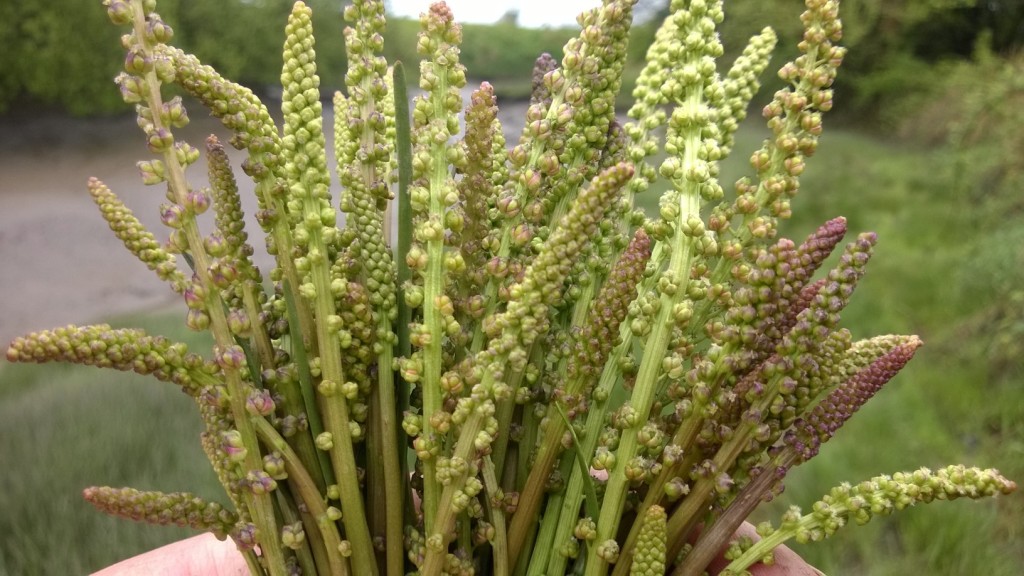
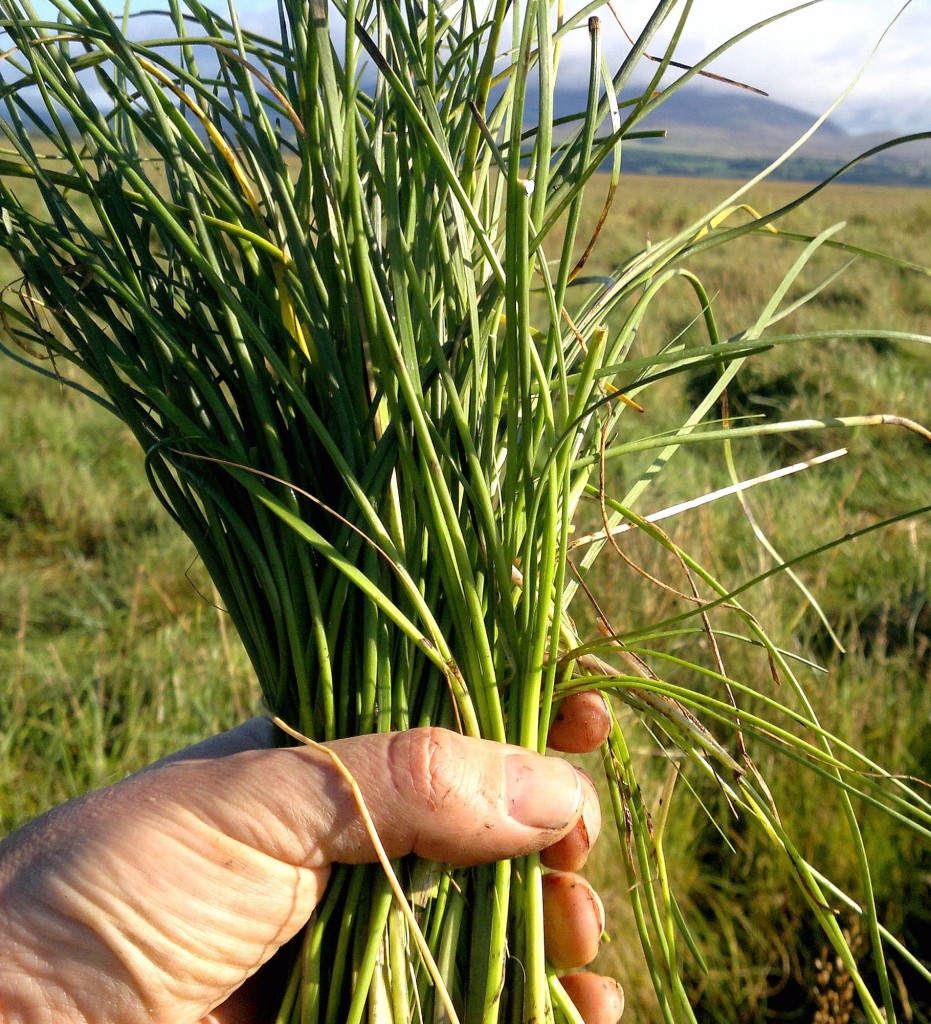
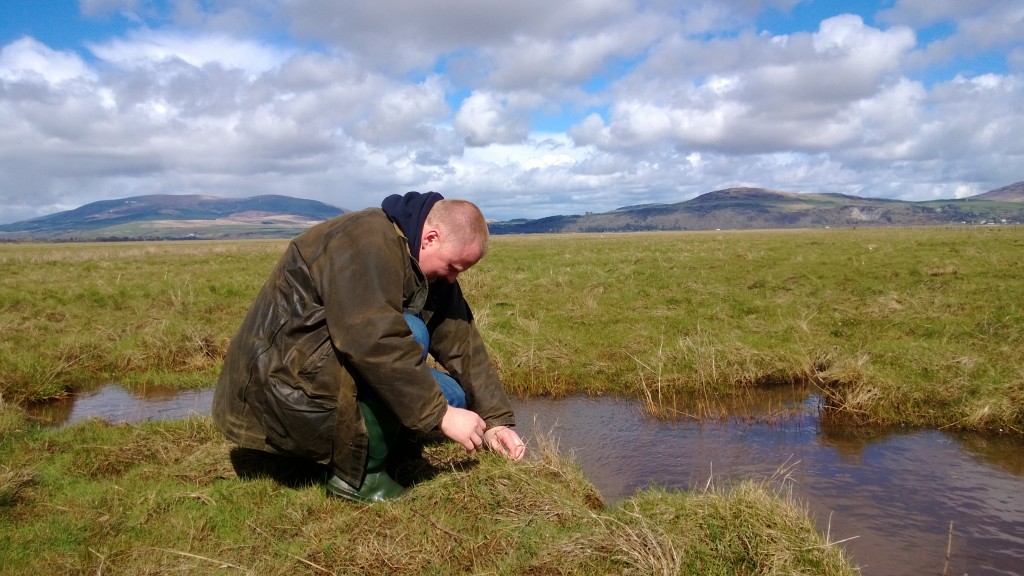

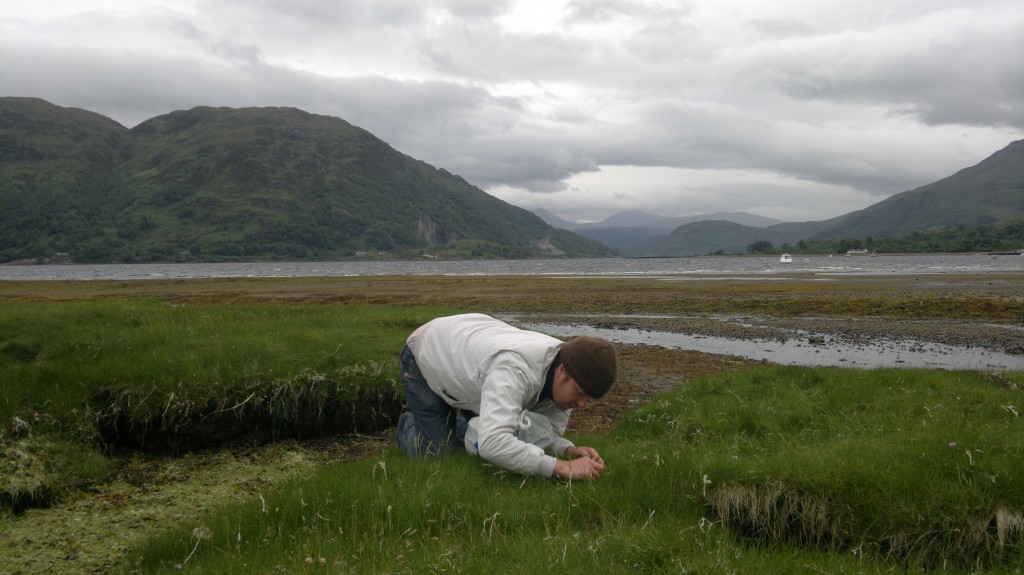
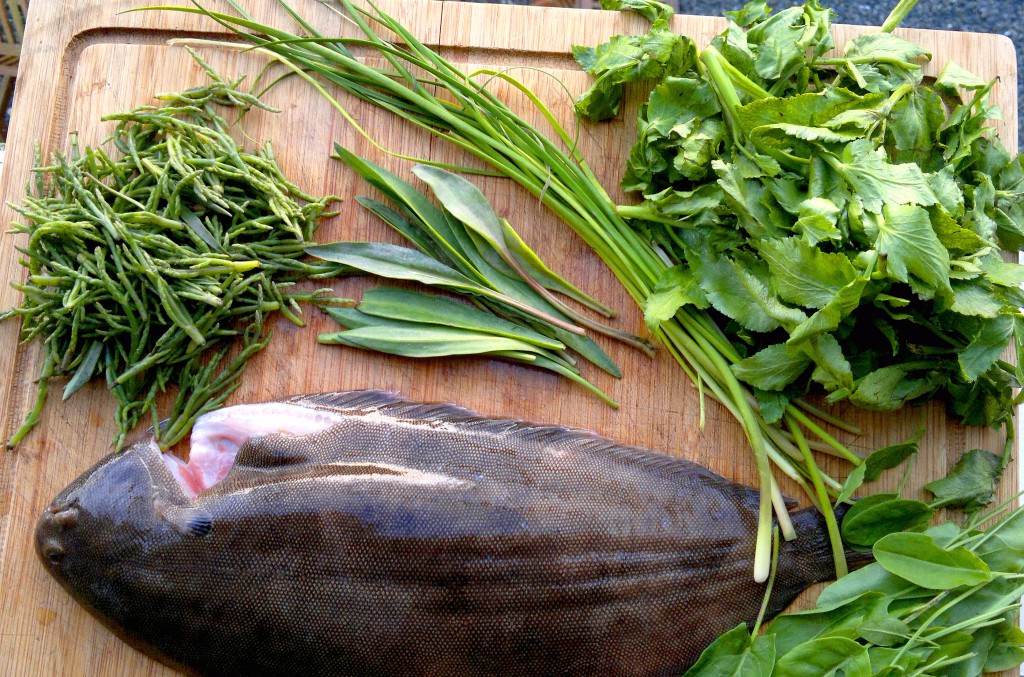


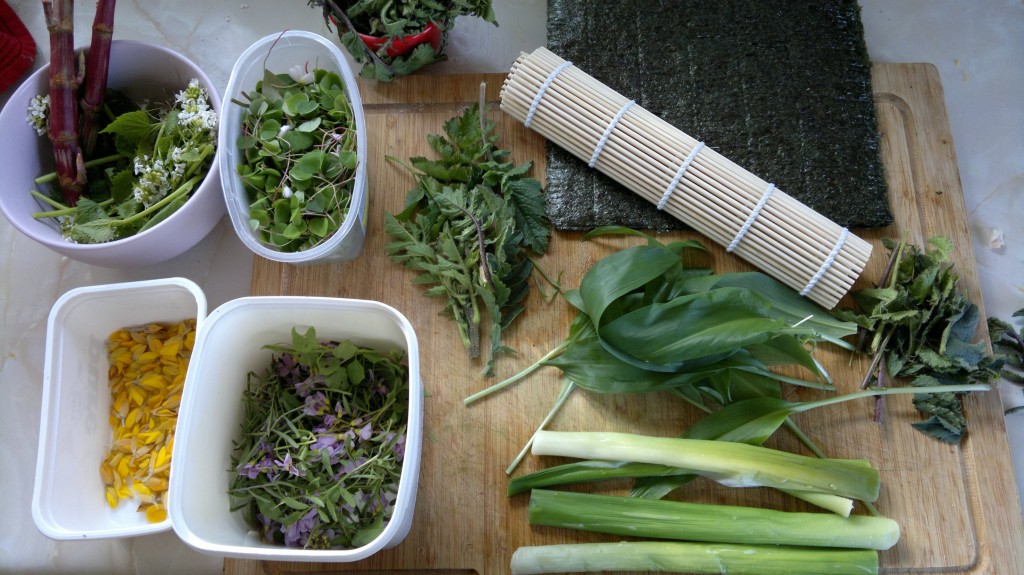
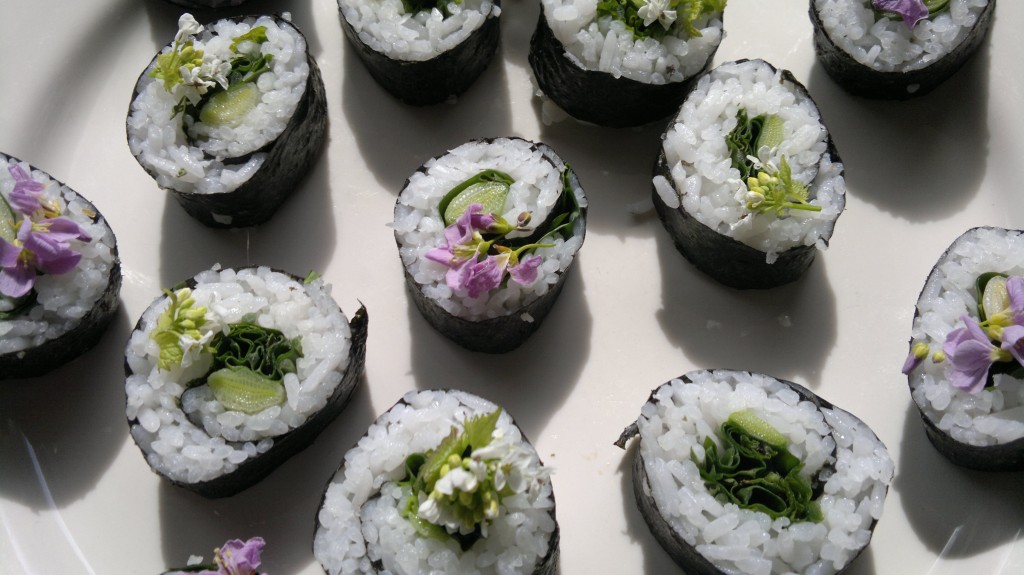
12 Comments
Thank you for the information. Found it yesterday above Hive Beach in Dorset, and there was no way of identifying it until I found your site!
Hi Stephen,
Glad to have helped. This plant doesn’t currently appear in any wild food books that i’m aware of.
Cheers
Mark
Probably the reason it’s not found in wildfood books is that it contains cyanide – CYANOGENIC GLYCOSIDE – and although this might be in some parts of the plant more than other parts, plus more concentrated when dried, it’s not a plant that novice wildfooders should try eating; it’s just not worth the risk. Like people are always told, don’t pick wild mushrooms unless you’ve been trained or have studied properly, because it’s not worth the risk of maybe picking a killer – I’d give the same advice about this plant – so unless you’re fully studied/experienced don’t go trying arrowgrass as it’s just not worth the risk… there are plenty of other safe wild plants to try!
Fair enough Jo, if that’s how you feel. I try to resist such a black and white attitude to edibility (unless it really is black and white!). Almost everyone regularly eats substances that aren’t good for them. Cyanogenic glycosides can also be found in the fruit seeds (and wilting leaves) of many members of the rose family (including cherries, apples, plums, bitter almonds, peaches, apricots, raspberries, and crabapples). People eat pips and extracts from the stones and seeds of these on a regular basis – should we avoid sloe gin too? Remove all the pips from our crab apples before setting a jelly? Not let kids eat whole apples?. Wild plants, and especially fungi, seem to be judged by a different set of rules than something that has been packaged and marketed. I wrote at length about this here: http://www.gallowaywildfoods.com/?page_id=1675
I, and an awful lot of other people, take knowing and personal responsibility for eating small amounts of this and many other wild foods that aren’t especially good for us, and nobody has reported any adverse reaction.
Mark.
There are lots of even more exciting examples of plants being very toxic and still they are eaten. The issue here is that people are generally extremely detached from a traditional knowledge of edible wild plants. I have numerous stories that I’d love to share, bgut one of the most striking to me is learning that Grandmothers in Armenia harvest and bottle up Poison Hemlock! I was completely terrified of this and later discussed this with a food plant researcher in Armenia and she confirmed that this is true. I certainly am still extremely hesitant about this and put this here ONLY to demonstrate that traditional knowledge is even better than so called scientific knowledge. There are numerous plants that are now heartily eaten in North America that had been promoted as poisonous. The point is that we need to regain the knowledge that we lost!
Hi Joseph, Yes, I agree, and wrote this post on what I call ‘The Spectrum of Edibility’ along these lines.
A little science is useful too though, its just that the weighting has got a little out of synch in recent times.
Cheers
Mark.
hi mark, well said, and many thanks for your excellent website. as im sure youre aware the nation of japan are well in tune with this ethos of the fine line of danger that sometimes exists with certain foods, but with the knowledge of masters and those who choose to inform themselves, adverse reactions are avoided. that being said the consumption of pickled bracken tips does contribute to stomach cancer spikes in this country… anyway, i love arrowhead grass, it grows here on the west coast of ireland… can you point out exactly what you mean by the “stems” as apposed to the grassy part, which part is best to avoid too much of…? best regards Laurence
Hi Laurence
In general, I discard the flowering stems, but eat the young seeds when green. The flowering stem will sheathe from several more succulent “grass stems”. It is these that I use, especially the paler parts nearer the ground.
Cheers
Mark.
Hi Mark, just wondering why you don’t recommend using the dried seeds of arrowgrass, is it taste or due to cyanogenic glycosides? Also, just wondered if you knew if marsh arrow grass (T. palustre) is the same in that it contains cyanogenic glycosides so only the bottom part of the plant should be eaten?
Many thanks for your website I find it very interesting!
Its my understanding that the CGs become more concentrated as the plant dries, hence I avoid any part dried – the flavour fades anyway as it dries. I’ve never found marsh arrow grass, so can’t help there. Glad you like the website. Happy foraging, Mark
I have found some of this today, which I am very excited about. The flavour of the seeds is exquisite. Do you know whether they can be dried, and if so do they retain their flavour?
No. Don’t dry. I recommend you re-read the post, and heed the safety warnings: “but only use them when fresh and green.”